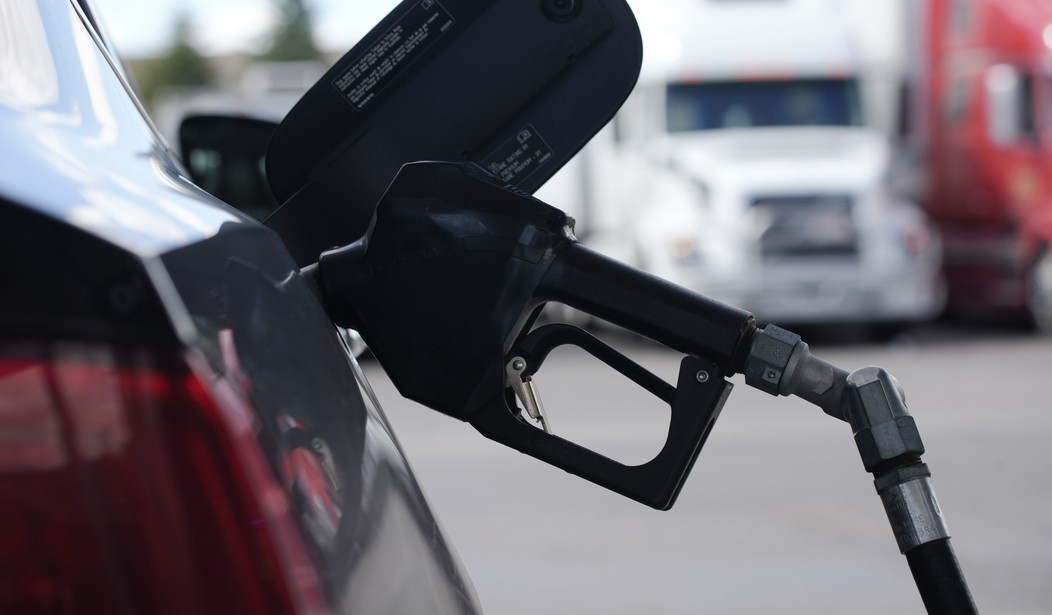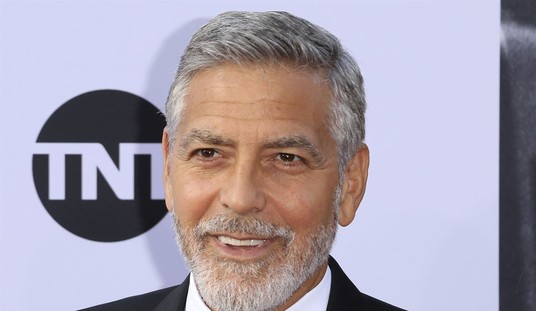If you are thinking that everything seems more expensive these days, you’re right. The consumer price index jumped 5.4% in June from a year earlier. Consumer prices are accelerating at the fastest pace in almost 13 years. It’s starting to feel like it’s the 1970s and Jimmy Carter’s economy.
The Labor Department’s Consumer Price Index measures a basket of goods and services as well as energy and food costs to make a determination each month. In May the increase was 5 percent in a year-over-year rise in prices. It was the biggest 12-month rise since August 2008. We remember what happened just a month later in 2008, in August when the U.S. went into the worst recession it had seen since the Great Depression. No one is saying that we are facing that kind of a financial disaster right now but Federal Reserve Chairman Jerome Powell confirmed that inflation “has been higher than we’ve expected and a little bit more persistent” in his semiannual report Wednesday to House lawmakers. This came on the heels of the Consumer Price Index report released just one day earlier.
The increase in June came in higher than was expected by economists surveyed by Dow Jones. They expected to see a 5% spike.
Consumer prices rose 0.9 percent from the month prior, the Labor Department said.
The core consumer price index, which excludes volatile food and energy costs, rose 4.5 percent from a year ago, the fastest acceleration since 1991.
Much of the price increases this spring came from sectors that were hit particularly hard by the pandemic and subsequent shutdowns, including used car prices, air fares and fuel costs.
As we come out of the pandemic and businesses get back to normal operations, consumers are spending with gusto. A combination of aggressive consumer spending, supply shortages, and massive government stimulus, and we get price increases. The Fed Chair says that inflation is here to stay for the immediate future but Powell thinks price hikes are transitory. The bulk of the price increases were in sectors battered by the pandemic (hospitality) or those battling supply shortages (used cars). Powell admits, though, that he could be wrong.
Pandemic-related bottlenecks and other supply constraints created “just the perfect storm of high demand and low supply” that led to rapid price increases for certain goods and services, he said. Higher inflation readings “should partially reverse as the effects of the bottlenecks unwind.”
While Mr. Powell’s remarks amounted to a reaffirmation of his view that inflation is likely to be temporary, even in light of Tuesday’s report, he acknowledged more explicitly that the Fed could turn out to be wrong in its inflation forecasts.
Powell doesn’t see an increase in interest rates any time soon. He’s taking a wait-and-see approach on the assumption that prices will come back down as supplies increase.
Mr. Powell said it would be a blunder to raise interest rates to address one-time increases in the prices of certain services, like air travel and hotel rates, or goods, like new and used cars, that have surged due to the reopening of the economy.
“Honestly, it would be a mistake to do it at a time when virtually all forecasters believe that these things will come down on their own accord,” Mr. Powell said. “It would be a mistake to act prematurely.”
There could come a point when “the risks may flip,” he said.
If inflation stayed too high or began to seep into consumers’ and businesses’ expectations of future inflation, which can be self-fulfilling, then the Fed would raise rates. “People need to have faith in the central bank that we will do that,” Mr. Powell added.
Every aspect of our lives is more expensive. Home prices are up 20% over last year, food purchased outside the home is up more than 4%, and clothing prices are up nearly 5%. Car prices are through the roof. Factories shut down when the pandemic started. Supplies sharply declined. On top of that, there is a global chip shortage that affects car production. According to JD Power, the average new car price in May was $38,255, up 12% from the same time last year. About 2/3 of car buyers paid within 5% of sticker price, some paying more. Car dealers don’t have to offer deals this year because of the short supply and high customer demand. Used cars aren’t a deal now either. According to Edmunds.com, one-year-old cars are selling for more than when they were new. Re-sell price on average is 95% of the original price. Again, it is supply and demand.
It’s summer vacation season so expect to pay more for travel and vacation-related expenses. Daily car rental rates, for example, have increased 65% compared to this time last year and 140% more than in 2019, according to a spokeswoman for AAA. Rental companies decreased inventories as the pandemic began and now that people are vaccinated and ready to travel, the companies are finding it difficult to increase their auto inventories. Added to that is the fact that automakers are limiting the number of cars they’re selling to fleet customers like rental companies because of chip shortages.
This leads us to gas prices, which we know are rising. Gas prices have risen 40% with no end in sight. By the end of the summer, average gas prices are expected to be well over $3.25. We know in spots in California, prices are already almost to $5.00 per gallon.
The type of actions the federal government can take to ease rises in inflation is not likely to happen under the Biden administration, at least not any time soon. The most obvious correction to make would be to stop printing and borrowing trillions of dollars. Democrats are on a tear to spend as many trillion of dollars as they can while they are in control and ramming through big-dollar initiatives. Flooding the economy with newly printed dollars decreases the value of every dollar.
Inflation is with us, certainly for the near future. Trips to the grocery store and filling up our cars are the kind of price increases we feel as we go about our everyday lives. Let’s hope that the Fed chair is right and prices will stabilize eventually. No one wants to go back to the days of Jimmy Carter’s economy.
Here is Senator Joni Ernst having a little fun with props illustrating her with inflation and rising prices on the Senate floor Wednesday.
— Howard Mortman (@HowardMortman) July 14, 2021








Join the conversation as a VIP Member